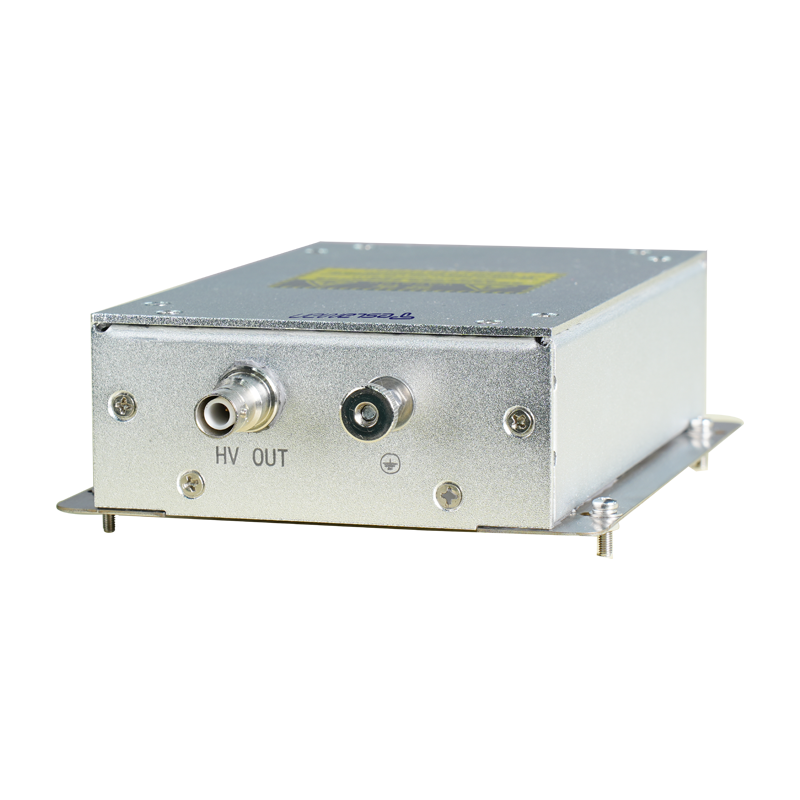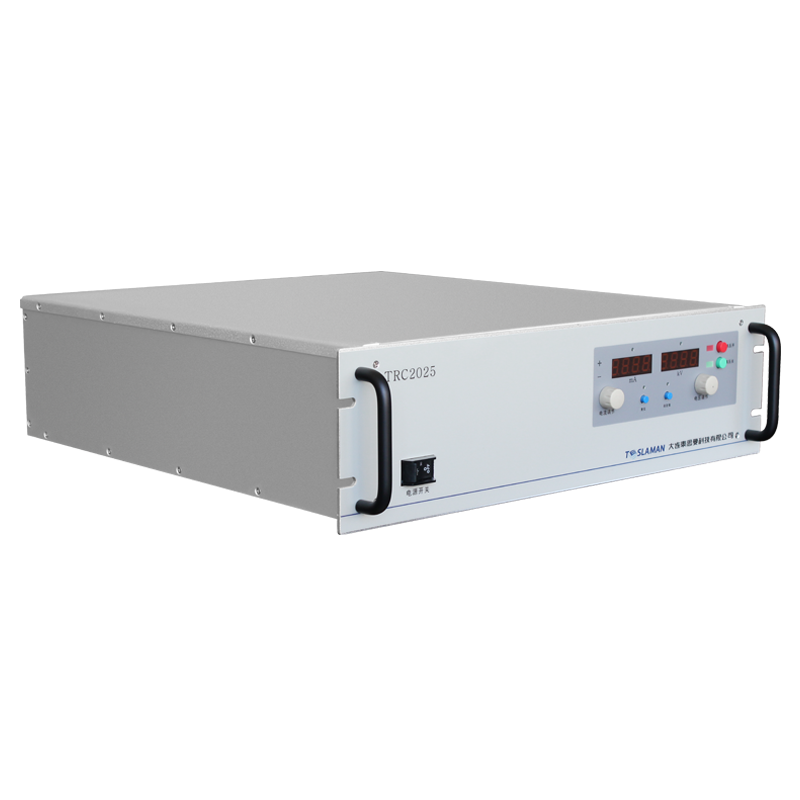Application Value of High-Voltage Power Supplies in Semiconductor Packaging and Test Equipment
Semiconductor packaging and testing environments rely on high-voltage power supplies for a wide range of critical functions that support device integrity, reliability screening, precision signal control, and automated handling. As packaging technologies move from traditional wire-bonded structures to advanced 2.5D and 3D integration, and as device testing requires increasingly precise electrical stress conditions, the importance of high-voltage power systems grows correspondingly. These supplies support both manufacturing and quality assurance functions, enabling robust device assembly and accurate electrical characterization.In packaging environments, high-voltage power supplies are essential for processes that rely on electrostatic actuation, plasma treatment, dielectric curing, and precision heating. For example, electrostatic chucks used in wafer-level packaging require controlled high-voltage biases to maintain stable contact during thinning, bonding, or molding operations. Stability of chuck voltage directly influences mechanical alignment and thermal transfer efficiency. High-voltage supplies with low ripple and fast response ensure consistent clamping force, enabling packaging equipment to operate at high throughput with minimal positioning error.Plasma-based surface treatments are increasingly used in packaging to improve adhesion, remove contaminants, or activate bonding surfaces. These plasma processes depend on stable high-voltage generation to maintain uniform plasma density. Any variation in high-voltage output can lead to non-uniform surface activation, resulting in poor bond strength or delamination in later stages. High-voltage power supplies with robust load-adaptive control maintain plasma stability during chamber pressure changes or reactive gas fluctuations.Dielectric curing and polymer hardening processes often use high-voltage-induced heating or UV activation. These operations require consistent power delivery to ensure uniform material properties across the package. Digital high-voltage regulation helps maintain precise energy dosage, reducing variation in dielectric thickness, modulus, or coefficient of thermal expansion.In testing environments, high-voltage power supplies play an even more pivotal role. Many reliability tests require controlled high-voltage stress to evaluate device breakdown characteristics, isolation integrity, leakage behavior, and dielectric strength. High-voltage ramp tests, time-dependent dielectric breakdown (TDDB), and high-accelerated stress tests (HAST) all depend on extremely stable and low-noise high-voltage delivery. Fluctuations in stress voltage can distort measurement results or cause premature device failure unrelated to actual performance. Precision high-voltage supplies ensure that stress conditions remain within tolerance, improving confidence in test data.Parametric testing of power devices, RF components, imagers, and sensors often involves applying high-voltage bias to measure capacitance, leakage, or breakdown thresholds. High-voltage supplies must maintain linear output characteristics and minimal overshoot during test transitions. Fast transient response is essential because automated test equipment (ATE) progresses through thousands of test points rapidly. Efficient digital control allows the high-voltage subsystem to track test sequences without introducing delay or measurement distortion.Packaging and testing equipment also depend on high-voltage supplies to power actuators, piezo-driven alignment systems, microfluidic modules, and scanning mechanisms. These systems require clean and tightly regulated high-voltage control to achieve nanometer-level positioning accuracy. Noise or drift in the high-voltage supply can degrade actuator precision, leading to misalignment during bonding or inspection. High-voltage regulators with high bandwidth and digital compensation improve actuator reliability and repeatability.In advanced packaging methods such as hybrid bonding, TSV (through-silicon via) formation, and fan-out wafer-level packaging, high-voltage systems contribute to material processing and interconnect integrity. Plasma etching, ion-assisted deposition, and dielectric deposition systems used during packaging stages rely on high-voltage subsystems to generate stable energy fields. The reliability of these processes affects subsequent electrical performance, making high-voltage stability a critical factor in packaging yield.As packaging and testing systems increasingly incorporate automation, high-voltage safety and diagnostics become essential. Automated equipment must monitor high-voltage status continuously to avoid electrical hazards. Digital high-voltage systems incorporate arc detection, leakage monitoring, and automated shutdown protocols to prevent damage to sensitive devices or handling robotics. These protective mechanisms enable equipment to run unattended for extended periods while maintaining safety compliance.Thermal management is another crucial aspect. High-voltage modules generate heat under continuous operation, and inadequate cooling can lead to voltage drift or premature failure. Advanced cooling architectures—such as liquid-cooled plates, heat pipes, or microchannel structures—maintain stable operating temperatures during intensive test cycles. Stable thermal conditions ensure consistent voltage output, improving measurement accuracy and equipment longevity.Energy efficiency is increasingly relevant as packaging and test facilities scale up to support high-volume manufacturing. High-efficiency high-voltage supplies reduce power consumption and thermal load, enabling more compact equipment designs. Lower thermal output simplifies environmental control within cleanrooms, reducing operating costs.Modularity enhances the application value of high-voltage systems as well. Test platforms often need to reconfigure voltage ranges or stress profiles based on changing product requirements. Modular high-voltage supplies allow quick adaptation to new devices without major hardware changes. In packaging tools, modular architecture helps reduce downtime by enabling rapid replacement of degraded modules.Data integration between high-voltage subsystems and manufacturing execution systems further enhances process reliability. High-voltage supplies can record output profiles, stress histories, and fault events for each device or batch. This traceability supports root-cause analysis, quality assurance, and long-term reliability modeling.Through their contributions to plasma stability, electrostatic control, curing uniformity, precision actuation, reliability testing, and automated equipment safety, high-voltage power supplies provide indispensable value in semiconductor packaging and test environments. Their performance directly influences device integrity, test accuracy, production efficiency, and overall yield in advanced semiconductor manufacturing.




















